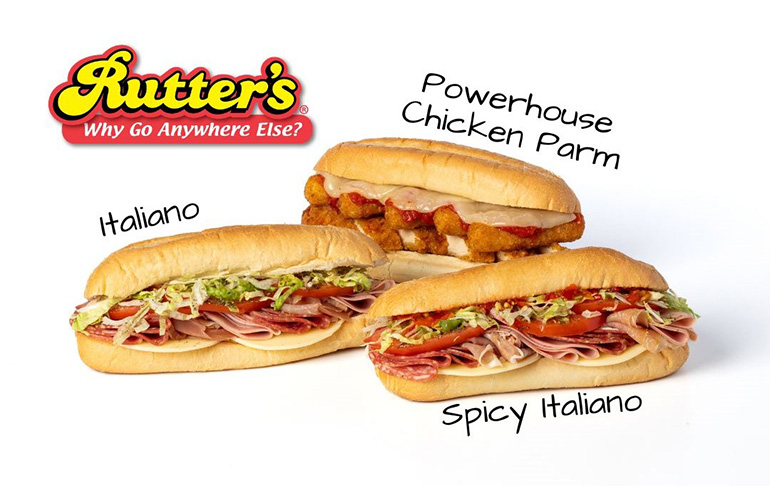Though fried chicken remains the category leader, rotisserie-cooked chicken is rapidly growing in popularity.
Results from the annual Consumer Market for Chicken 1,000 Household Survey show that 23% of respondents had purchased rotisserie chicken in four weeks prior to the survey. Results also showed that 25- to 34-year-olds are the least likely to have made the purchase (16%).
Convenience (29%) and good taste (28%) were the top reasons given for rotisserie purchases. Relatively few purchasers of rotisserie chicken are concerned with value (4%) or nutrition (4%).
Respondents with an income of $75,000 or more are the most likely purchasers of rotisserie chicken (31%). Those with an income of $30,000 to $39,999 are the least likely to purchase (16%).
Shoppers in the 25 to 49-year-old bracket were most likely to purchase rotisserie chicken from a takeout restaurant or convenience store (59%). Those 65 years of age and older were the least likely (40%).
More rotisserie chicken was purchased in the West (30%) in the four weeks prior to the survey. Other regions: South, 25%; Northeast, 22%; and Midwest, 17%.
Heavy users purchased more rotisserie chicken outside the home in the four weeks prior to the survey (30% versus 16%). An average of 2.7 rotisserie chickens were purchased with 1.7 bought at a supermarket or grocery store and one at a convenience store, carryout restaurant or similar foodservice outlet.
Since fried chicken is so closely associated with the South, it’s hardly surprising that the top six chicken-producing states are located below the Mason Dixon line: Georgia leads the list, followed by Arkansas, Alabama, North Carolina, Mississippi and Texas.




